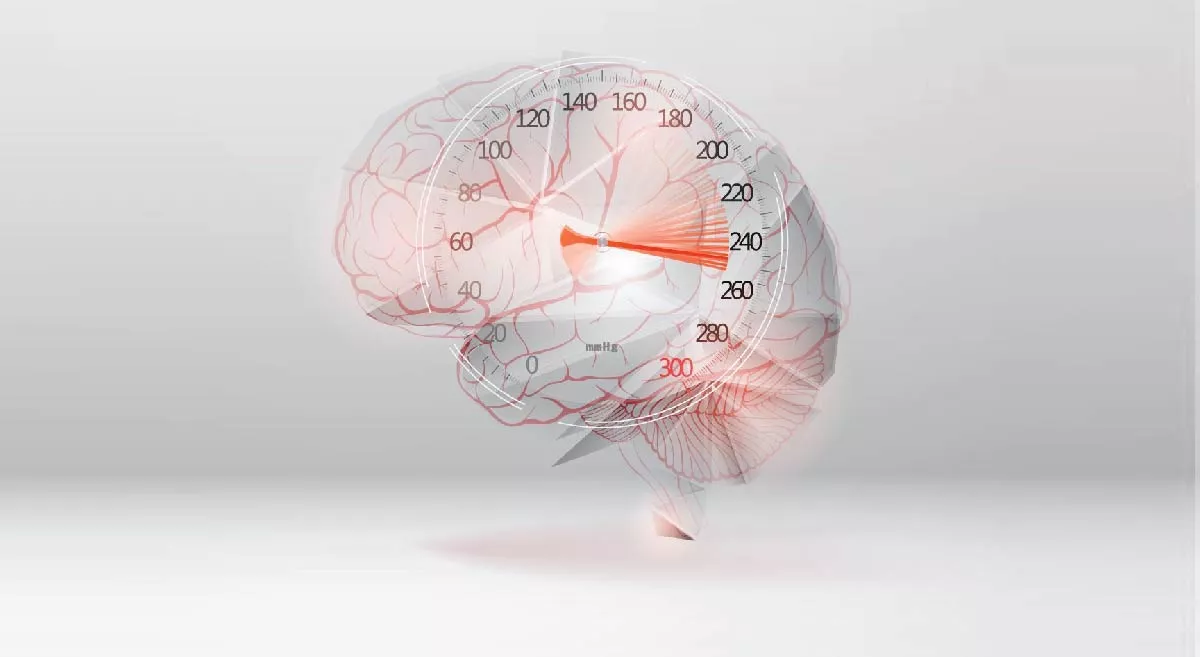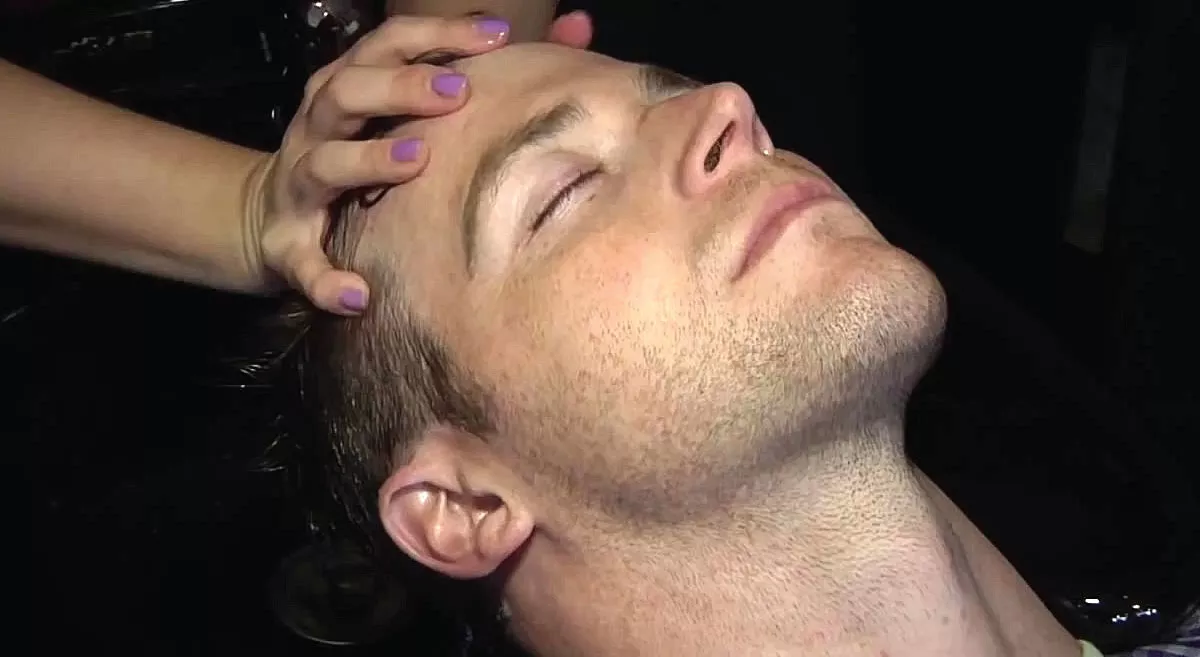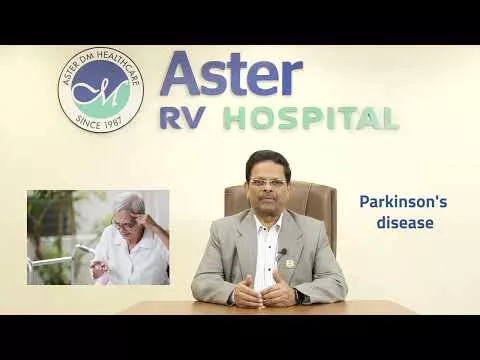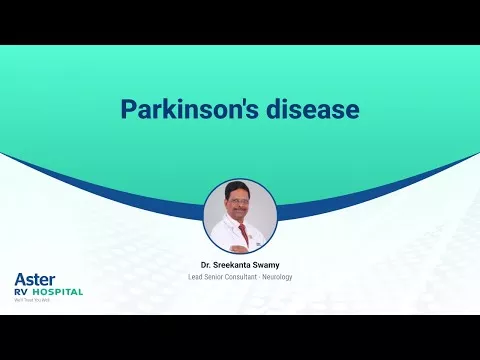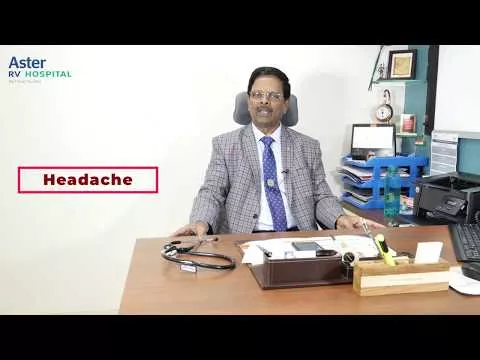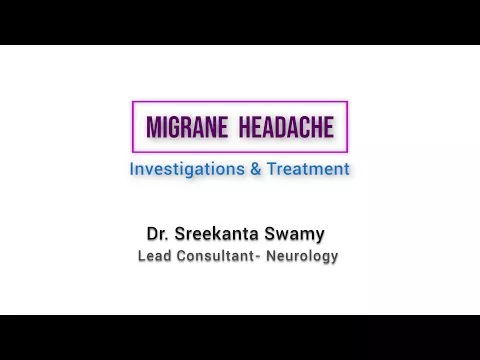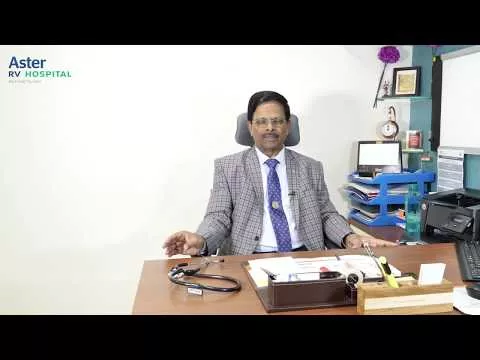Learn from Dr. Sreekanta Swamy as he delves into the trio of Huntington's disease, Dystonia, and Tourette Syndrome, all falling within the spectrum of movement disorders in medical practice. As a distinguished neurologist at Aster RV Hospital, Dr. Swamy offers comprehensive insights into these conditions in the accompanying video.
Huntington's disease, Dystonia, and Tourette syndrome are symptomatic of Huntington's disease, with distinct characteristics:
Huntington's Chorea: This hereditary condition typically manifests between ages 30 to 40, marked by uncontrollable movements. Diagnosis relies on gene studies for precise identification.
Tourette Syndrome: Commonly initiating in children aged 8 to 10, Tourette syndrome involves involuntary movement control issues. Early signs often include vocal tics and movements, accompanied by sounds. While medication can manage symptoms, a permanent cure remains elusive.
Dystonia: Various forms such as cervical dystonia, limb dystonia, and generalized dystonia exist. Causes may stem from side effects or genetic factors, with temporary relief achievable through medications and Botox injections. Long-term management and treatment are essential, given the absence of a permanent solution.






